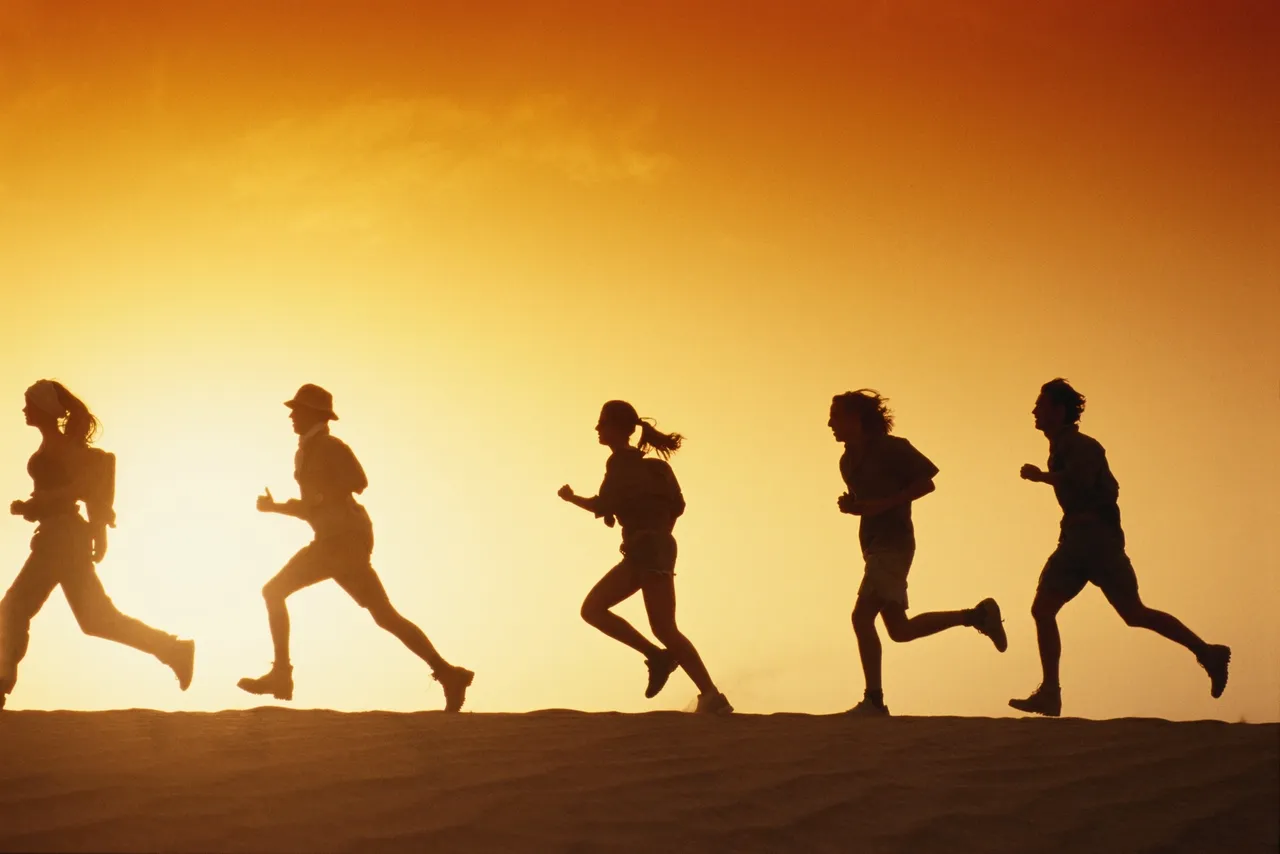Want to improve your running? Here are 3 important factors to address: fixing energy leaks, improving cardiovascular fitness, and horizontal force production.
2 of those topics I’ve already covered so I’ll briefly cover them here and also refer you to those articles. You can look them up, or just go to the blog and click on the “Sports performance” section and look them up via the date posted which I’ve included.
Fixing energy leaks
Energy leaks are when your body doesn’t stabilize a segment properly so force isn’t transferred as well as it could have been. The main occurrence of this is every time you land on one leg, the opposite hip drops down too far. Extra energy is then required to pull the hip back up to neutral before you can propel yourself forward. Check out the following posts for more detail:
- Check please!” – posted on 3/5/21
- “How to have acceptable running form” – posted on 8/17/21
Improving cardiovascular fitness
Your cardiovascular fitness with any exercise is determined by 3 things.
- VO2 max: how much oxygen you can take in and deliver to the muscles.
- Lactate threshold: how intensely you can exercise while still primarily burning fat.
- Movement economy: how efficient your body is at whatever movement you’re doing.
Each of these can be specifically targeted, but in general, the more time you invest in your sport, the better all 3 of these things become. There’s a major debate right now on what intensity of training best improves these factors. The 2 biggest contenders are Zone 2 training (essentially training at the ‘talk test’ pace – a pace you can exercise at while still talking without gasping for air) and high intensity interval training. They both improve your cardio significantly and the best scenario is to obviously include both. Read this post for more:
- “Go long!” – posted on 2/6/21
Horizontal force production
Running is a forward movement – therefore any energy that moves you backwards or up and down is wasted. This can occur at the foot, knee, or hip.
Force can be produced while running that actually stops your forward movement. This happens when your front foot lands forward of your center of gravity. Since it’s in front of you, pushing through that leg (which you automatically do to accept weight on it), actually acts as a brake to your momentum. This is a double waste of energy because you both spend energy braking as well as spend energy re-accelerating once your center of gravity is over and past your foot. The solution to this is to make sure your foot is landing underneath your body. This doesn’t require any specific kind of foot strike – you can still land on the heel, mid-foot, or forefoot depending on your natural tendency.
People do this when they think about running as ‘reaching out’ with their front foot. The focus can be shifted to either pushing your body forward or pushing the ground behind you. You can also think of running as falling forward. A final alteration is you can focus on increasing your running cadence (steps/minute) so that you take shorter steps.
Next is energy wasted with too much up and down movement due to excessive knee bending. This is very easily spotted as someone who bounces a lot while running. Generally, cues to focus on pushing the body forward or the ground backwards helps with this as well. Increasing cadence also naturally helps.
Finally, the hip. Your butt muscles, the glutes, make up the biggest muscles in the body and serve to push the body forward. They function best whenever the thigh is in line and slightly behind the torso. So if someone runs by bouncing up and down, their thigh is never getting behind their trunk. If someone is slumped over while running, they also can’t get their leg behind their body. As with the other problems, the cue to push the body forward or push the ground backwards is very helpful. The extra emphasis can now be added that the leg should finish slightly behind the body.
Summary of horizontal force production
- Land with the foot under the body
- Push the body forward or push the ground backwards until your leg is slightly behind you
- Optional: increase your cadence by 5% and assess how that feels and how fast you run compared to your previous cadence

